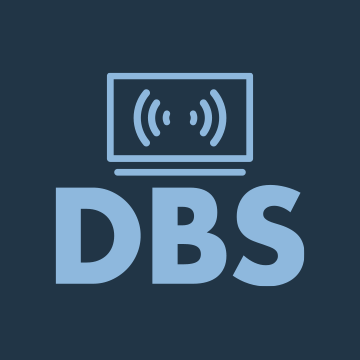What an adventure the last couple weeks have been. To give some background, I live in a Spectrum area that was upgraded to a High-Split Converter area a couple months ago or so. We received our HSC boxes, I swapped them with our tuning adapters, and had working TiVo. It worked for about a month. Suddenly, a couple weeks ago, both of our TiVo premieres lost all channels. They are BOTH displaying the v58 error code. Three techs have come out, to no avail, and I’ve also spent hours on the phone with Spectrum troubleshooting etc. The cable card brand is the Motorola one. Has anyone else recently experienced this that can point me in the right direction??? As we all know here, people in this forum are more knowledgeable than 99% of Spectrum employees.
Thank you all very much for your help.
Thank you all very much for your help.




